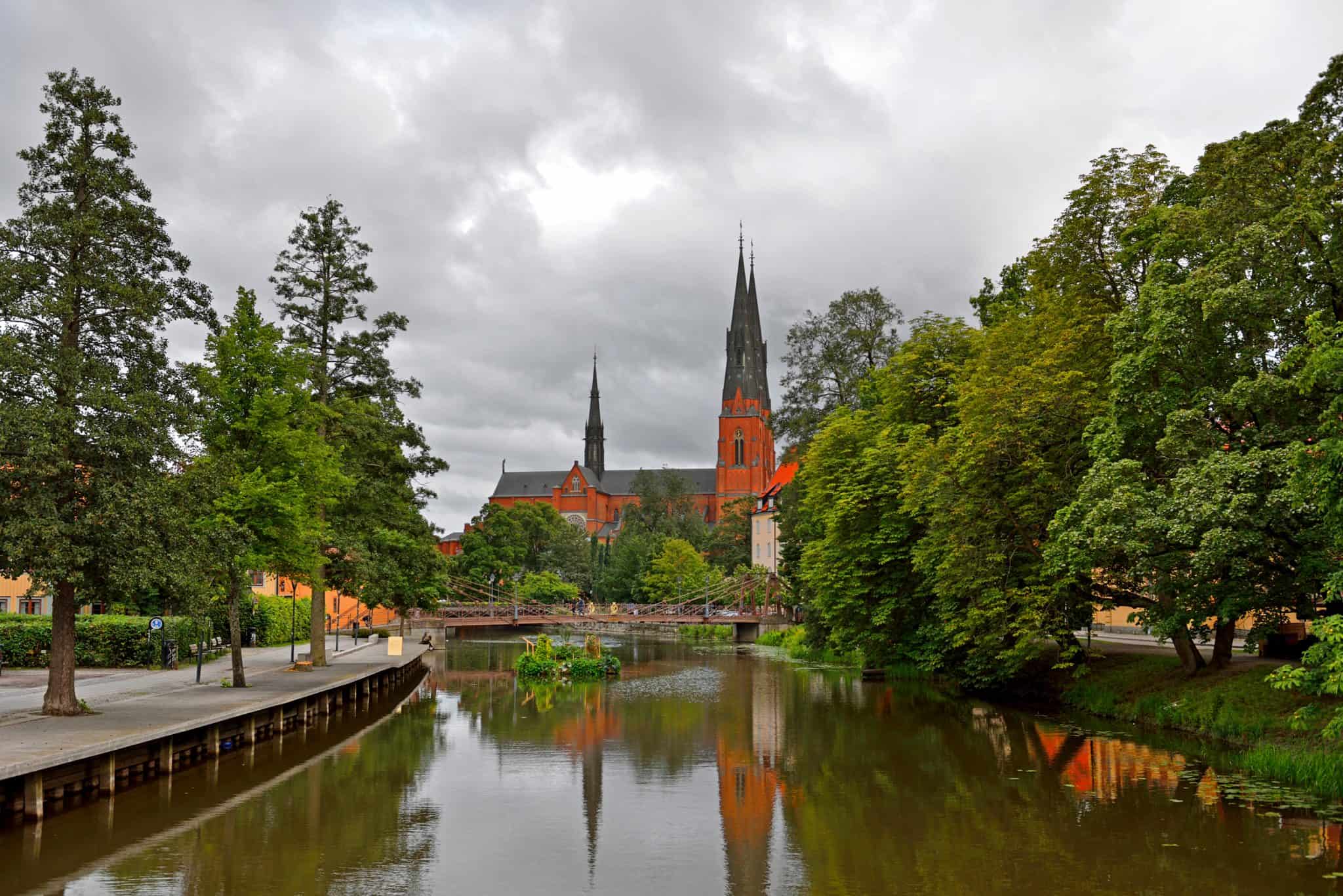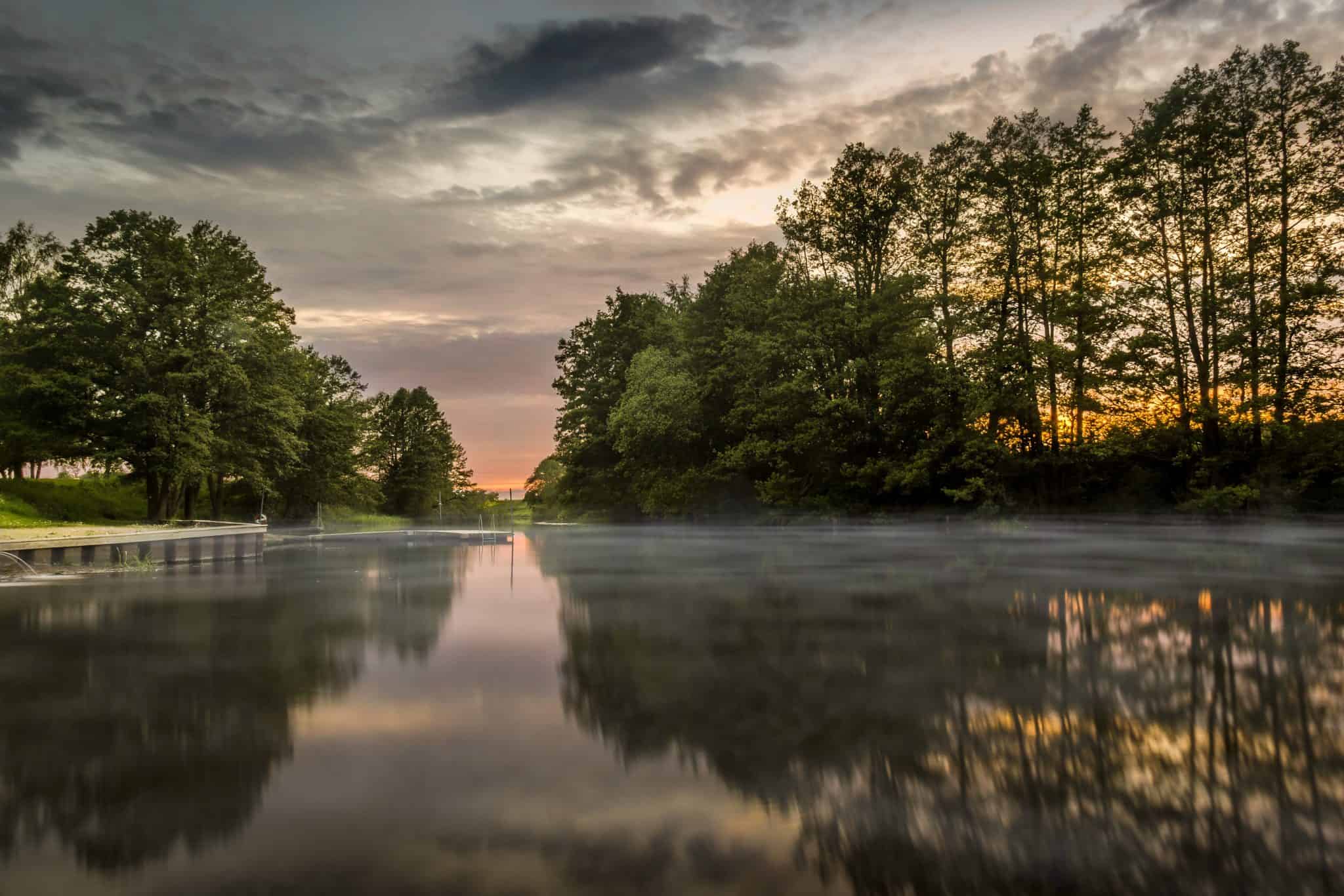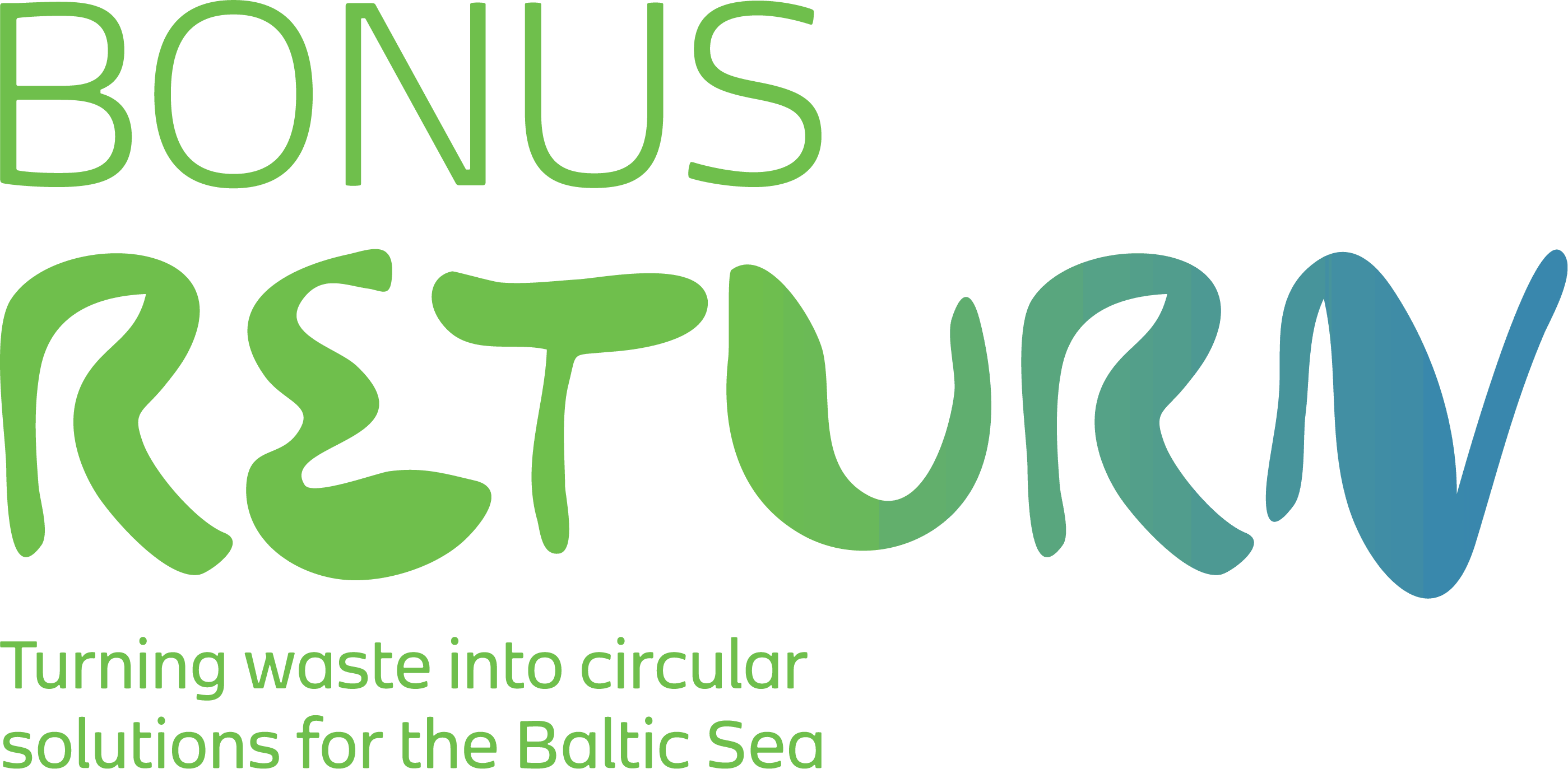Role of Fyrisån for Uppsala city
Located in south-eastern Sweden, the Fyris river (Fyrisån) is a tributary of lake Mälaren, which has its outlet through Stockholm into the Baltic Sea. It runs through a varied landscape with mainly forests and agricultural lands.
The river is important for Uppsala, Sweden’s fourth largest city, as it provides drinking water for the city which is drawn from ground water. Uppsala’s wastewater treatment plant discharges purified wastewater into the river, then water is pumped from Fyrisån and into the groundwater reservoir to replenish it.
It is also widely appreciated for fishing and recreation, and home to several threatened species such as the eel and otter.

“The river is a friend to us all!”
Quick facts:
- The basin covers 1 982 km2
- The main river is 80 km long
- The area consists of forests (60%), agriculture (32%), wetlands (4%), lakes (2%) and urban areas (2%)
- Uppsala, with its approximately 200 000 inhabitants, is located in the southern part of the basin.
Did you know that Fyrisån is the source of drinking water for Uppsala’s population of 200,000?
Water-related challenges addressed in BONUS RETURN
Managers and stakeholders in the river basin face several connected challenges related to ground water, drinking water, eutrophication and pollution. Groundwater is scarce in the area and is expected to become increasingly so with climate change.
90% of the drinking water comes from ground water and with Uppsala’s growing population, the current drinking water system will not be enough in a few decades. Meanwhile, nutrient leakages from agriculture and wastewater are contributing to eutrophication with algae blooms in both lakes along the river and in the Baltic Sea.

Why is Fyrisån an interesting case study for BONUS RETURN?
The combination of agricultural lands, forests and a large urban area makes Fyrisån an interesting case study for BONUS RETURN. The water quality status of the river has been very well documented for a long time, making it possible to for instance, trace the effects of eco-technologies which have historically been implemented in wastewater treatment plants in the river.
The Uppsala Waste Water Treatment Plant, “Kungsängsverket” was constructed in 1945 and Uppsala was thus one of the first towns in Sweden to be equipped with a wastewater treatment plant.
Solution for a healthier Fyrisån river
BONUS RETURN aims to contribute with solutions to these challenges by identifying and supporting eco-technologies that address nutrient and carbon reuse in the basin, in collaboration with entrepreneurs, managers and other stakeholders.
Written by Linn Järnberg and Brenda Ochola
Photo credits:
Uppsala Cathedral and its reflection in Fyris river, Popova Valeriya/ shutterstock
View of the river Fyris in Storvad near Uppsala, Shooting Wild Photography/ shutterstock

